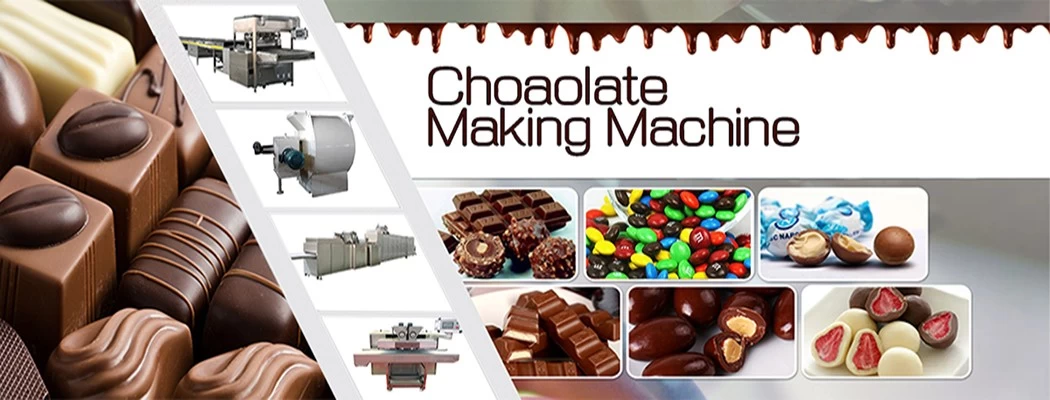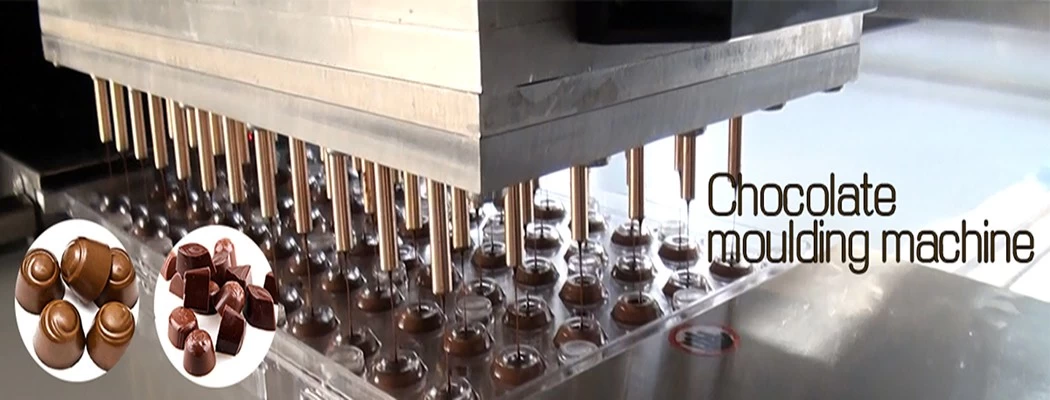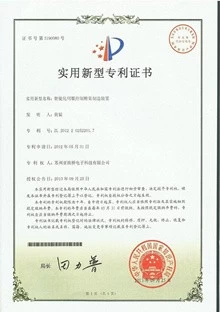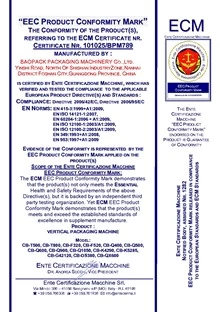Dark chocolate can reduce the risk of disease
chocolate-machines.com
chocolate-machines.com
2017-05-02 14:24:39

Researchers at Louisiana State reached this conclusion after simulating the human digestive system in glass vessels. One represented the stomach and the small intestine, with their digestive enzymes, and a second reproduced a large-intestine-like environment, with gut microbes from human volunteers. The scientists then added cocoa powder to the stomach vessel.
The “stomach” and “small intestine” broke down and absorbed some of the cocoa. But while many of the flavonols previously identified in chocolate were digested in this way, there was still plenty of undigested cocoa matter. Gut bacteria in the simulated colon then broke that down further into metabolites, small enough to be absorbed into the bloodstream and known to reduce cardiac inflammation. Finally, the last undigested cocoa matter, now mostly fiber, began to ferment, releasing substances that improve cholesterol levels. And there was another health-giving twist to this entire process: The gut microbes that digested the cocoa were desirable probiotics like lactobacillus. Their numbers appeared to increase after the introduction of the cocoa, while less-salutary microbes like staphylococcus declined in number.














